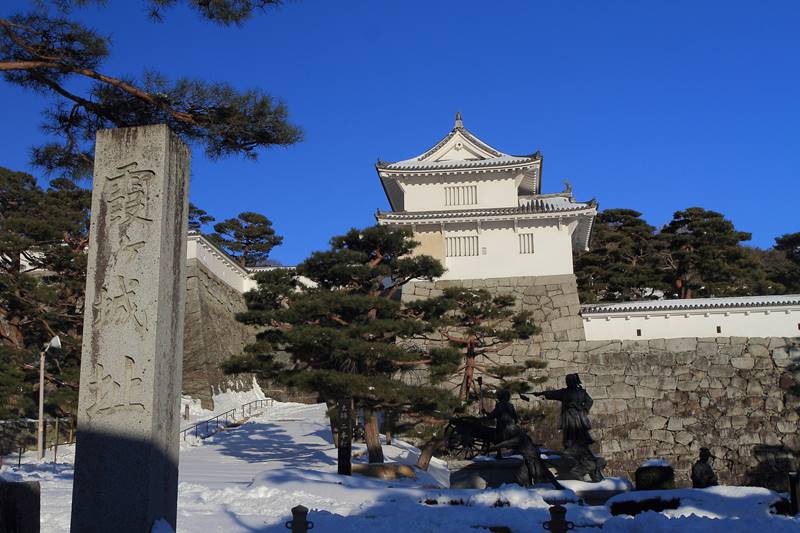This is all about Nihonmatsu Castle Ruins you want to know.
Every information you get on this site will be from a credible source based on Japanese history (books for reference).
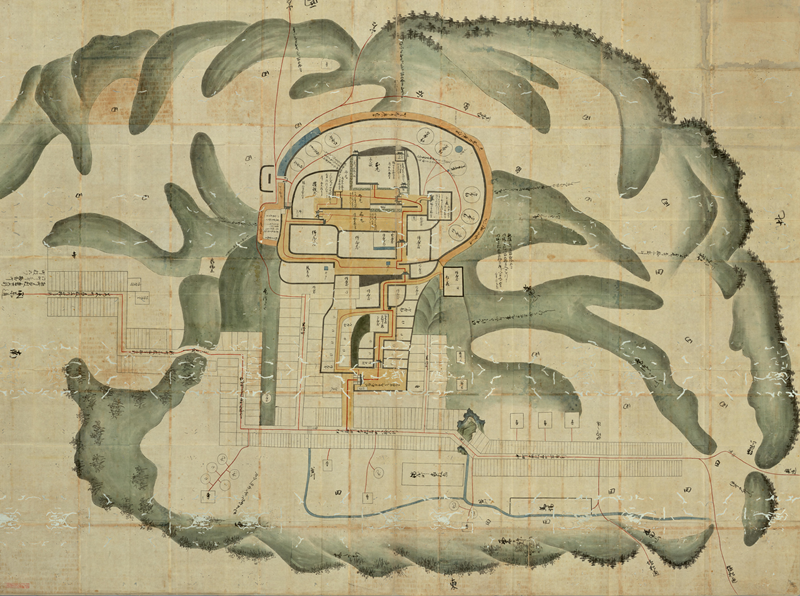
Collected by the Inagaki family, the Toba Daimyō from the mid-Edo period to the Meiji Restoration, as materials for military studies. There are about 350 illustrations, but there is no uniformity because only illustrations of castles, illustrations including castle towns, and old battlefield illustrations are mixed.
Another typical example of a castle picture in the Edo period is "The Shōhō Shiroezu", picture of the castle and castle town that the Edo Shogunate ordered the daimyō to create and submit,aggregating military information such as the buildings inside the castle, the height of the stone wall, the width of the moat and the water depth, etc., it also details the location and shape of the castle town and the mountain river.
Profile : Niohonmatsu Castle Ruins
| Location | Nihonmatsu City, Fukushima Prefecture |
| Also known as | Kasumiga Castle, Sirohata Castle |
| Type of castle | Hilltop |
| Mountain's name | Mt.Shirohata |
| Elevation | 345m |
| Condition | Ruins |
| Designation | National Historic Sites |
| Year built | Mid Muromachi Period |
| Abolished | 1872 |
| Castle lord | Nihonmatsu Mitsuyasu |
| Refurbishment lord | Niwa Mitsusige |

The family crest was originally created from the pattern that the emperor and the royal family put on the kimono, and the pattern was made into a fixed pattern, and the one attached to his own oxcart is said to be the beginning of the family crest. The warlords drew large crests on the flag-fingers, used to distinguish enemy views on the battlefield, and used by the generals to determine which warlords were active and how much.
Nihonmatsu Castle admission
admission fee : free
admission time : reference official site
Nihonmatsu Castle Google Map
Nihonmatsu Castle Images
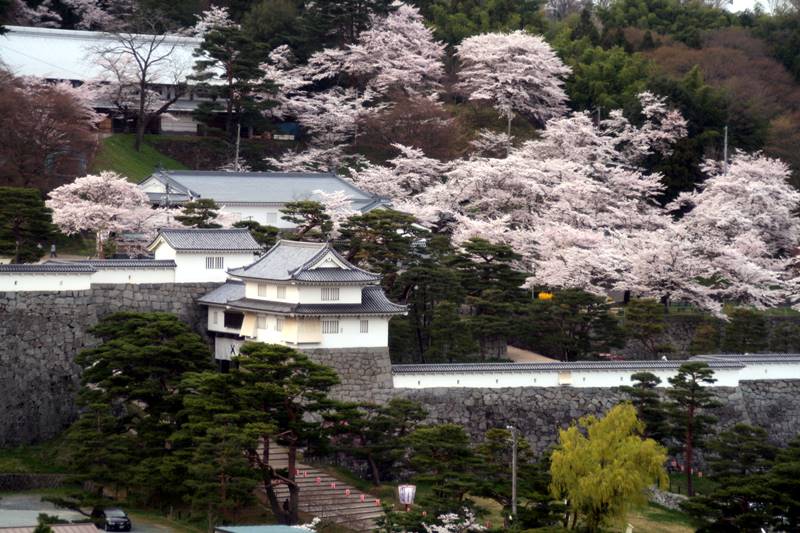
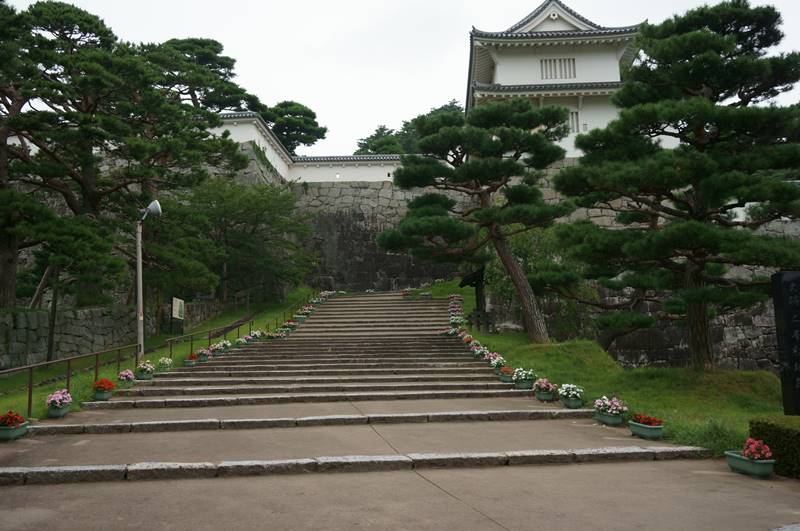
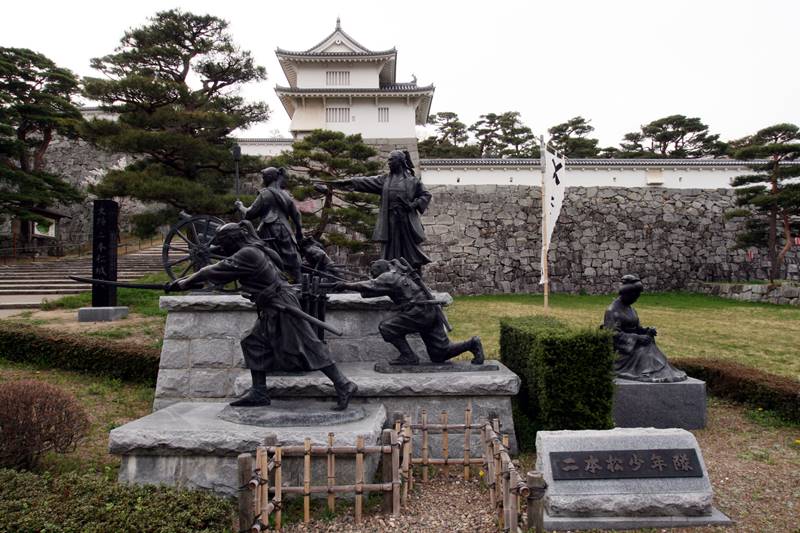
The tragedy of the "Boshin War" is famous for the Wakamatsu Castle's "White tiger forces", but even Nihonmatsu Castle, 17 years old from 12 years old unit composed of boys up to the age, has died in war. They came to be called "Nihonmatsu shōnen forces"
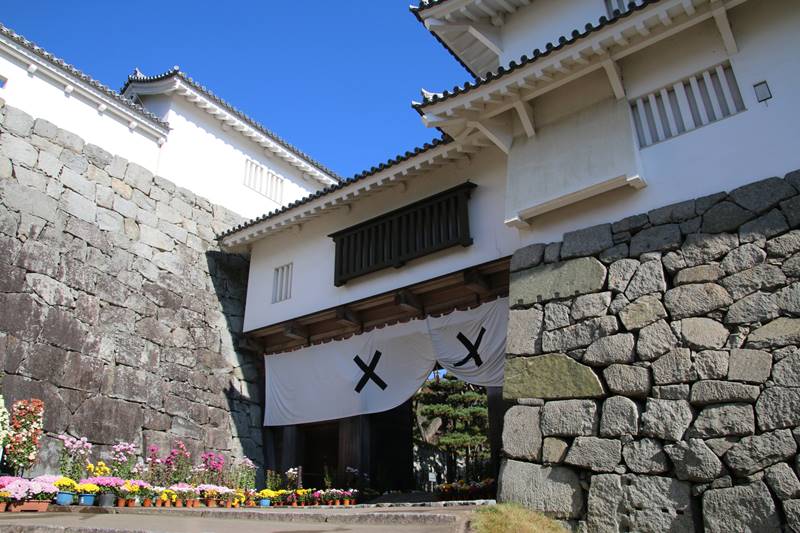
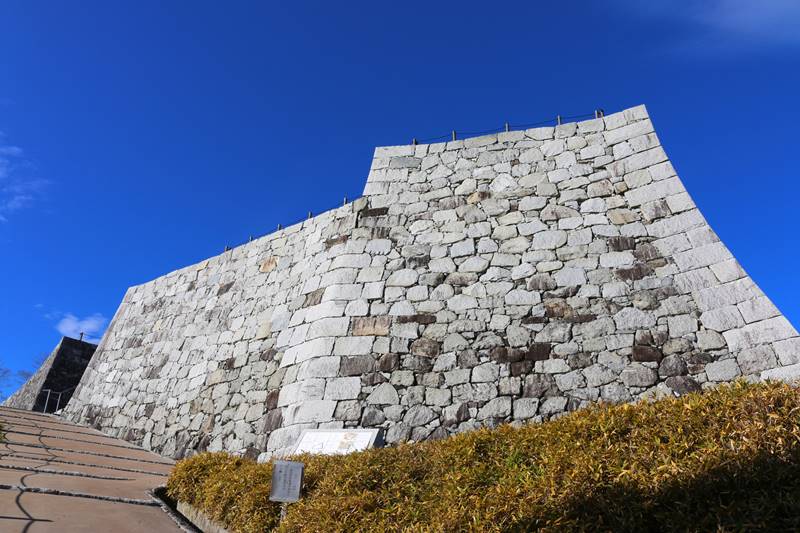
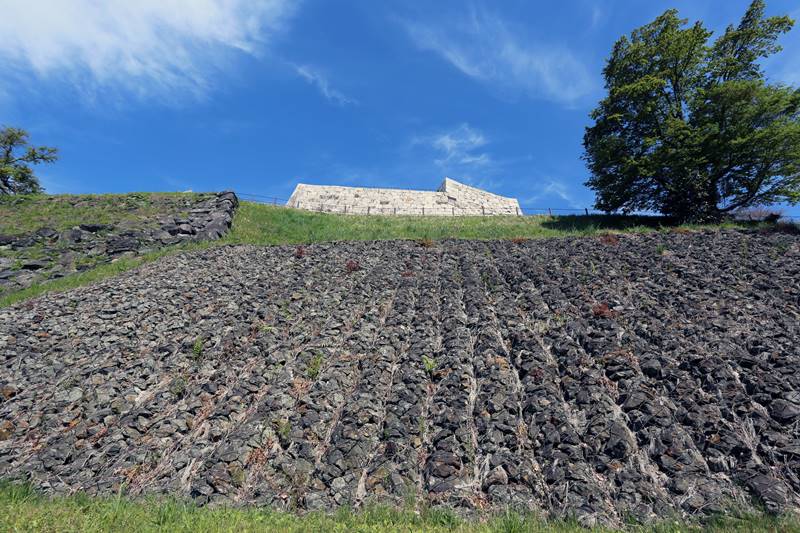
Anou group is masons who worked in mid 16th century, a group of engineers mainly engaged in stone wall construction of temples and castles. The style they perform is called "Anoudumi".
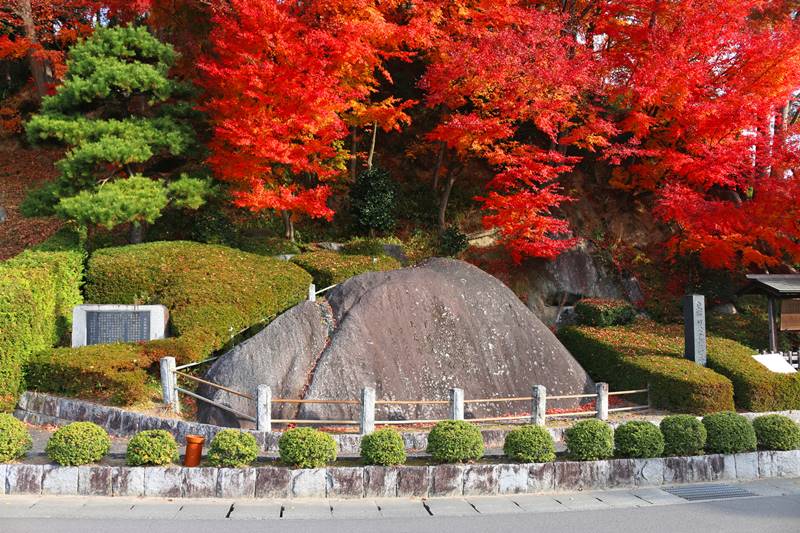
A giant stone carved with samurai commandments
Nihonmatsu Clan was a residence of 100,700 levels. On the east side of the castle was the feudal government, where there was a gate for clan officials. "Kaisekimei" is engraved on a large stone of natural stone (granite) with a length of about 8.5m and a maximum width of about 5m, which was exposed in front of the feudal government. The fifth lord of the lord, Takahiro Niwa ordered and engraved in order to make it a commandment of a lord, and was completed in 1749. Inscriptions are inscribed with 4 phrases and 16 characters between 1.03m in height and 1.82m in width on the exposed surface, and the typeface is very elegant.
"You (the samurai) are paid more than the people who worked and worked. You have to thank and stay with them. If you forget this feeling and oppress the weak people, will surely receive punishment from God”
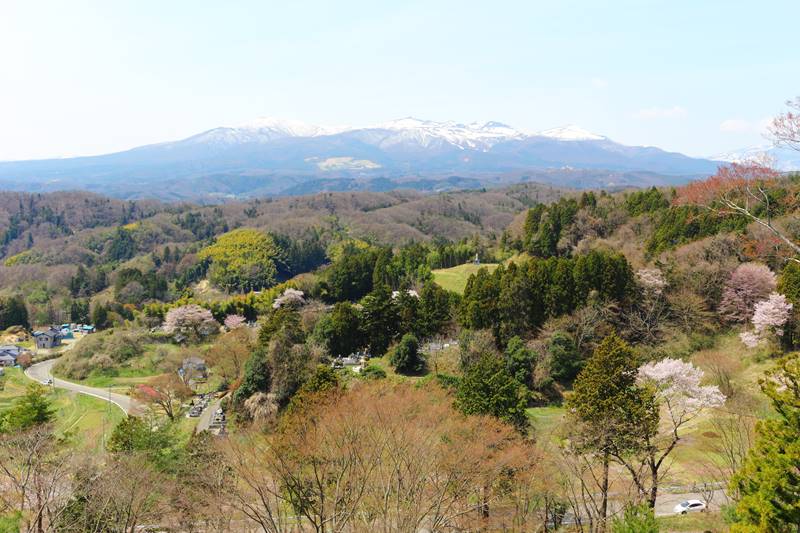
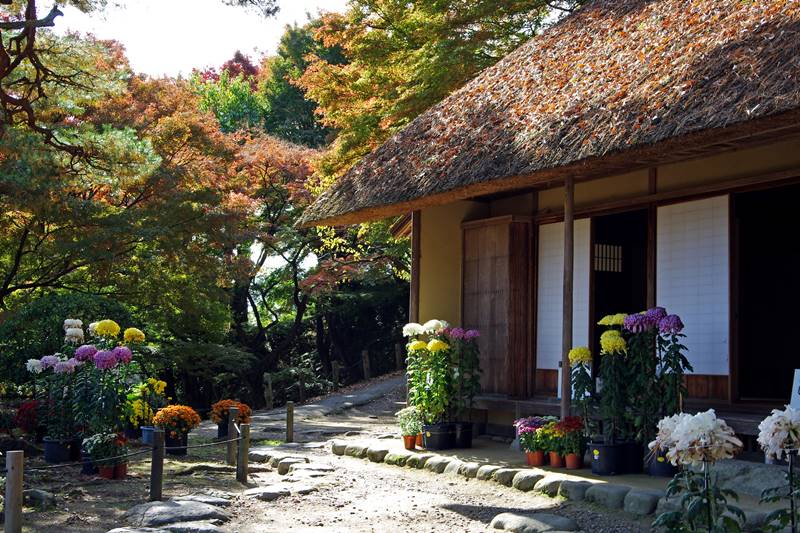
Wooden thatched roof, Sukiya style building , stands eastward on the west side of the Castle ruins, and has a small garden on the north side of the room, offering excellent views.
Link : The tragic castle
【west japan】Odani Castle 【central japan】Iwamura Castle 【west japan】MIki Castle 【north japan】Nihonmatsu Castle
